June 25, 2025 | 13:02 GMT +7
June 25, 2025 | 13:02 GMT +7
Hotline: 0913.378.918
June 25, 2025 | 13:02 GMT +7
Hotline: 0913.378.918
Ho Chi Minh City agriculture has determined that the ornamental fish industry is one of the most important industries in the transformation of the agricultural economic structure, thereby complementing urban agriculture. The Municipal People's Committee of Ho Chi Minh City is implementing a number of policies, including an encouragement to conclude the seafood development strategy by 2030 and an endeavor to produce 300 million ornamental fish. However, the potential of ornamental fish in Ho Chi Minh City has yet to be fully exploited, and several obstacles must be eliminated and measures must be synchronized.
Prior to Ho Chi Minh City's accelerated urbanization, agricultural land area has been reduced, and the city has determined that urban agriculture must prioritize essential, high-value products and sustainability. This issue is explicitly defined by Decision No. 4310, 2021 of the Ho Chi Minh City People's Committee regarding the implementation of the Fisheries Development Strategy. The export value of ornamental fish reached 100 million US dollars, with 100 million ornamental fish exported.
According to statistics from the Ho Chi Minh City Department of Fisheries, ornamental fish aquaculture in the region encompasses approximately 90 hectares and more than 250 farms. Due to limited interior farming space, the majority of these are still small-scale farms and glass tank farming.
According to Mr. Dinh Cong Khanh, Head of the Seafood Aquaculture Office (Subdepartment of Fisheries of Ho Chi Minh City), the number of ornamental fish in Ho Chi Minh City tripled from 2010 to 2019, reaching 205 million heads. However, due to the COVID-19 pandemic in 2020-2022, ornamental fish production has decreased by more than 50 percent in 2021 to 100 million heads.
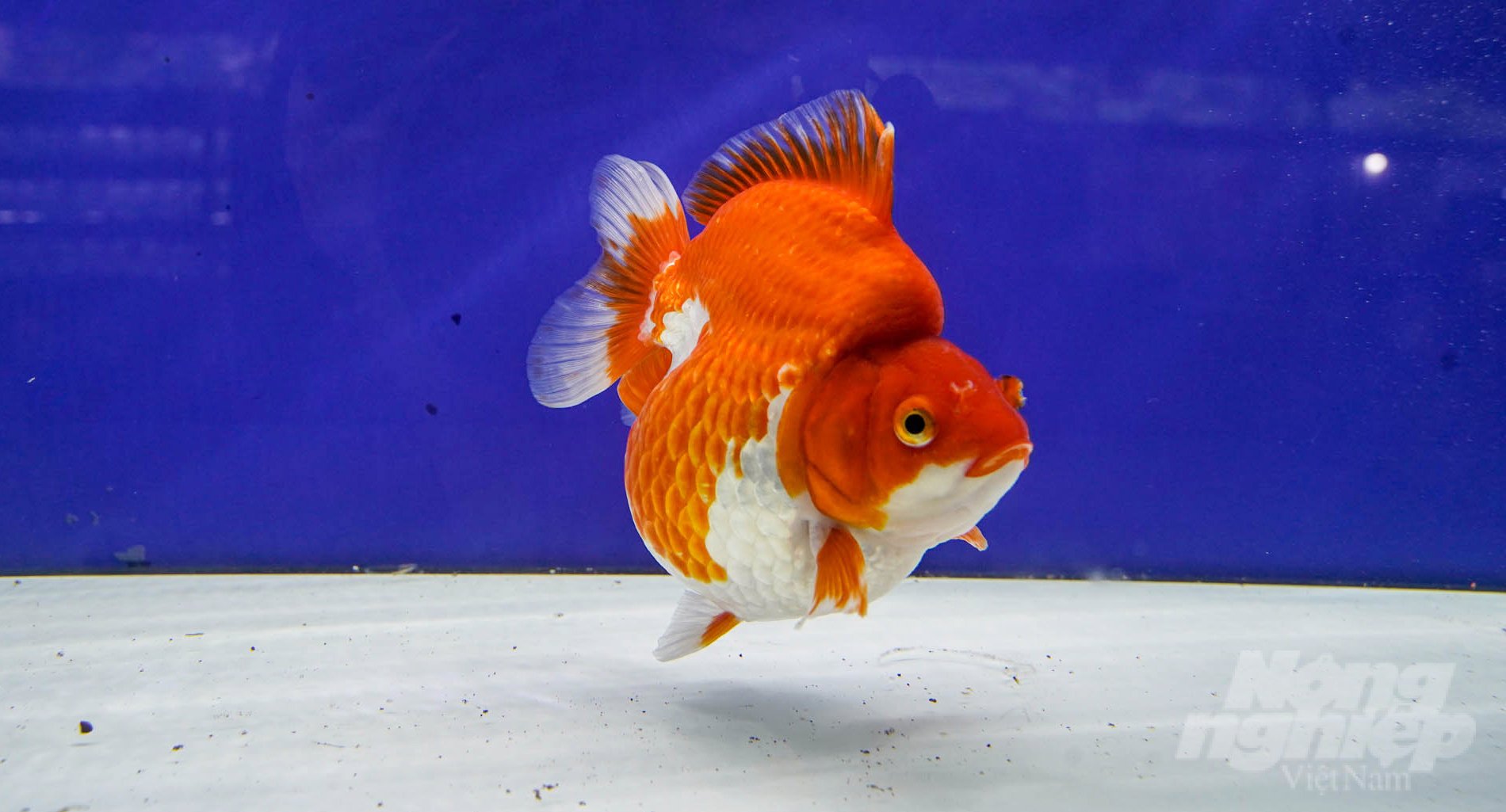
The COVID-19 pandemic and economic difficulties caused the export of ornamental fish in Ho Chi Minh City to slow down. Photo: Le Binh.
Ho Chi Minh City ornamental fish is also ranked among the top 20 largest exporters in the world. The market primarily exports to 50 nations, with the European market accounting for 64.78 percent of exports, followed by Asia, the United States, the Middle East, and South Africa.
Ms. Vo Thi Mong Thu, Director of the Ho Chi Minh City Fisheries Department, told reporters from Vietnam Agriculture Newspaper that the city currently has only three large-scale exporters of ornamental fish: Saigon Ornamental Animals Cooperative, Saigon Ornamental Fish Joint Stock Company, and Thien Duc Ornamental Plants Joint Stock Company.
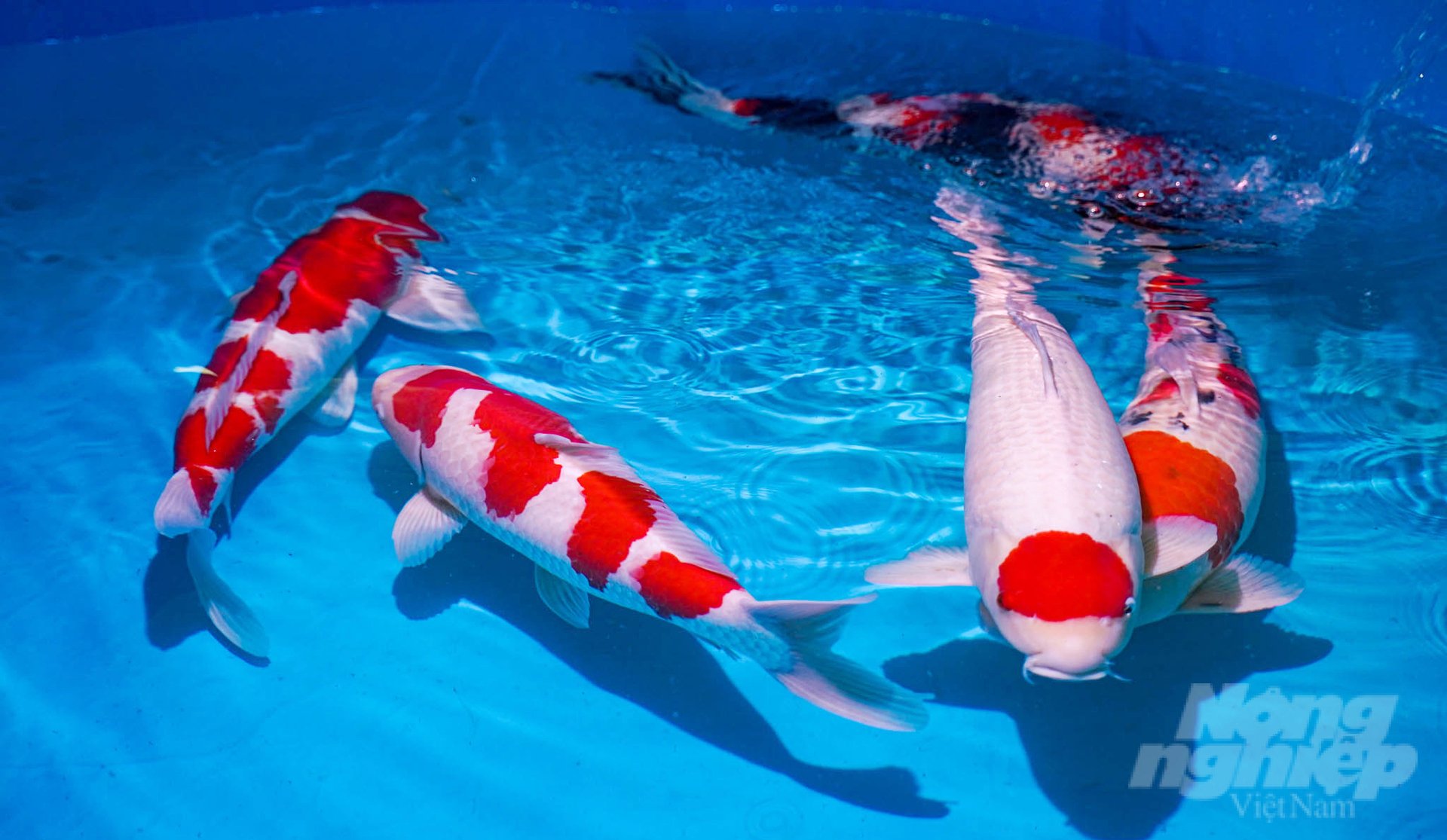
The output is large, but Ho Chi Minh City still does not have many units qualified and experienced in exporting large quantities of ornamental fish systematically. Photo: Le Binh.
Therefore, for the ornamental fish industry to implement this strategy of the City People's Committee, it must innovate its methods, think large, and act more courageously.
Not enough attention has been paid to quarantine and the construction of disease-free zones in order to expand the export of ornamental fish to demanding markets like Europe and America. This is of the utmost importance and is required before fish can be transported in large quantities and for extended periods to these demanding markets.
Because, if pathogen-carrying fish are not promptly detected or controlled, they are likely to become a source of disease for the imported area, harming the reputation and quality of Vietnam's exports.
Regarding trade promotion, Mr. Duong Quoc Thai, an international adjudicator of ornamental fish, opined that Ho Chi Minh City in particular, and Vietnam in general should also routinely organize trade promotions, which are a means of promoting and gaining access to new markets.
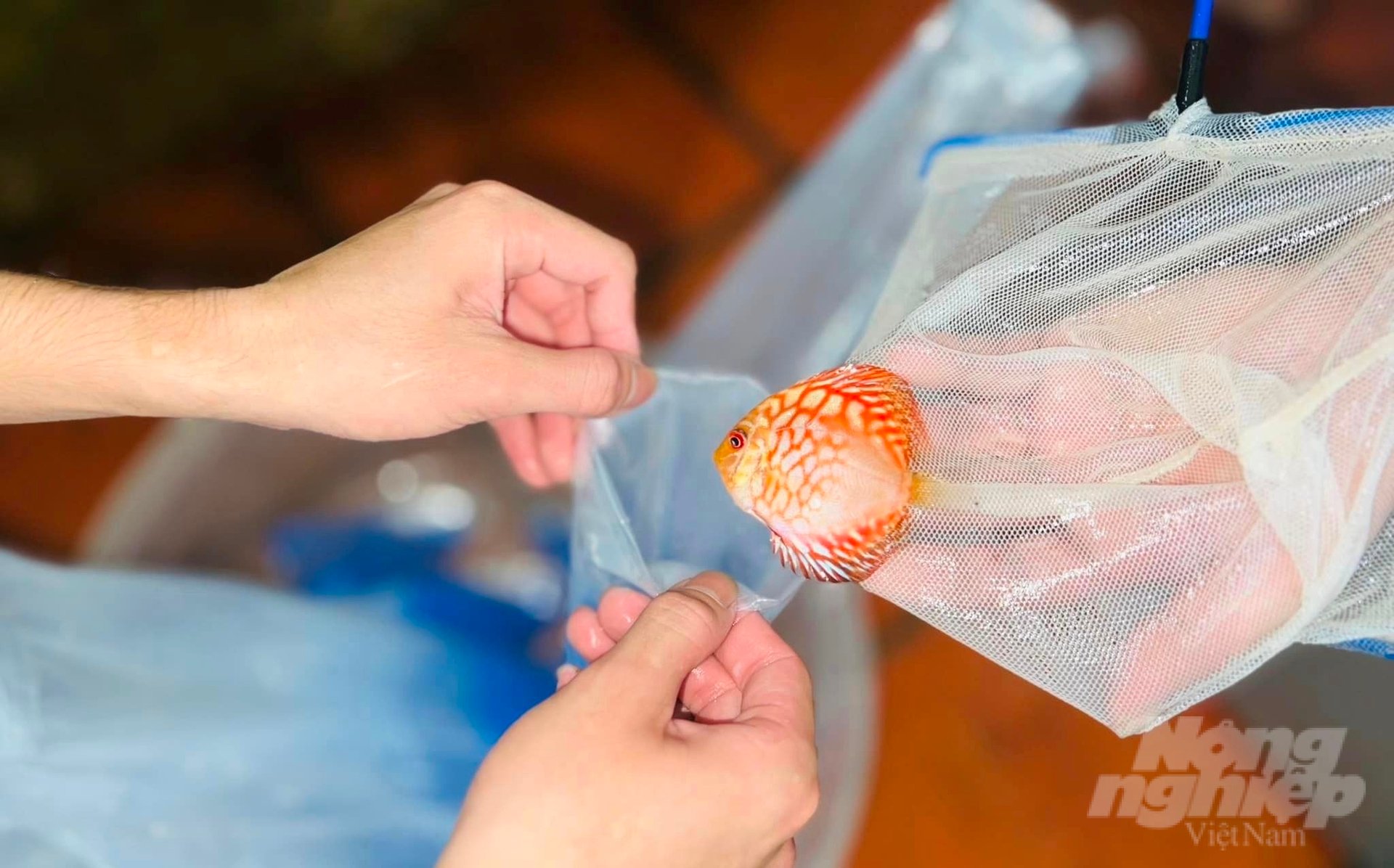
Ornamental fish will gradually become the main agricultural product of Ho Chi Minh City, so it also needs its own mechanisms and incentives. Photo: Le Binh.
Mr. Vo Van Hoan, Deputy Chairman of the Ho Chi Minh City People's Committee, gave a speech at the Ho Chi Minh City high-tech seedling expo in which he praised the accomplishments and territory of high-tech ornamental fish products. The viability of "Modern farmers, ecological agriculture, and modern rural areas" in Ho Chi Minh City is contingent upon this factor.
The objective of the Ho Chi Minh government is to export ornamental fish that generate millions of dollars annually. To achieve this objective, the city must synchronize measures ranging from policies to practical actions. Breeders of ornamental fish must be energized and systematically supported with technical solutions.
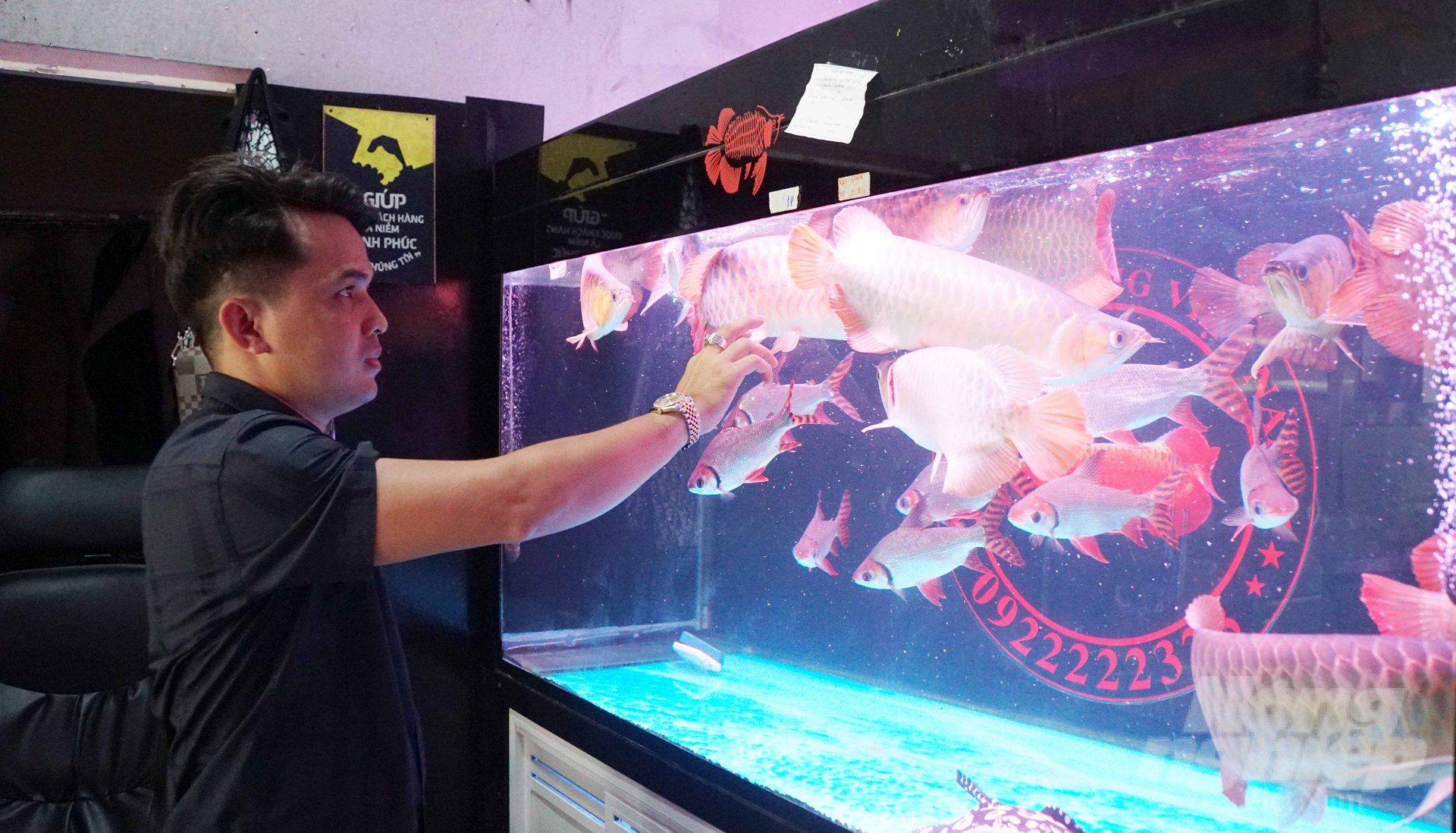
Ho Chi Minh City needs to aim for long-term programs to help the ornamental fish industry reach further and facilitate official exports to demanding markets. Photo: Le Binh.
In addition, the agricultural sector of Ho Chi Minh City identified districts on the city's periphery, such as Cu Chi, Binh Chanh, and Hoc Mon, that have favorable conditions in terms of water source and land area for ornamental fish aquaculture, in order to promote the city's sustainable development. Maintaining and expanding the robust growth of export ornamental fish production in areas with high concentration capacity, long-distance thinking, and investment-friendly policies is essential.
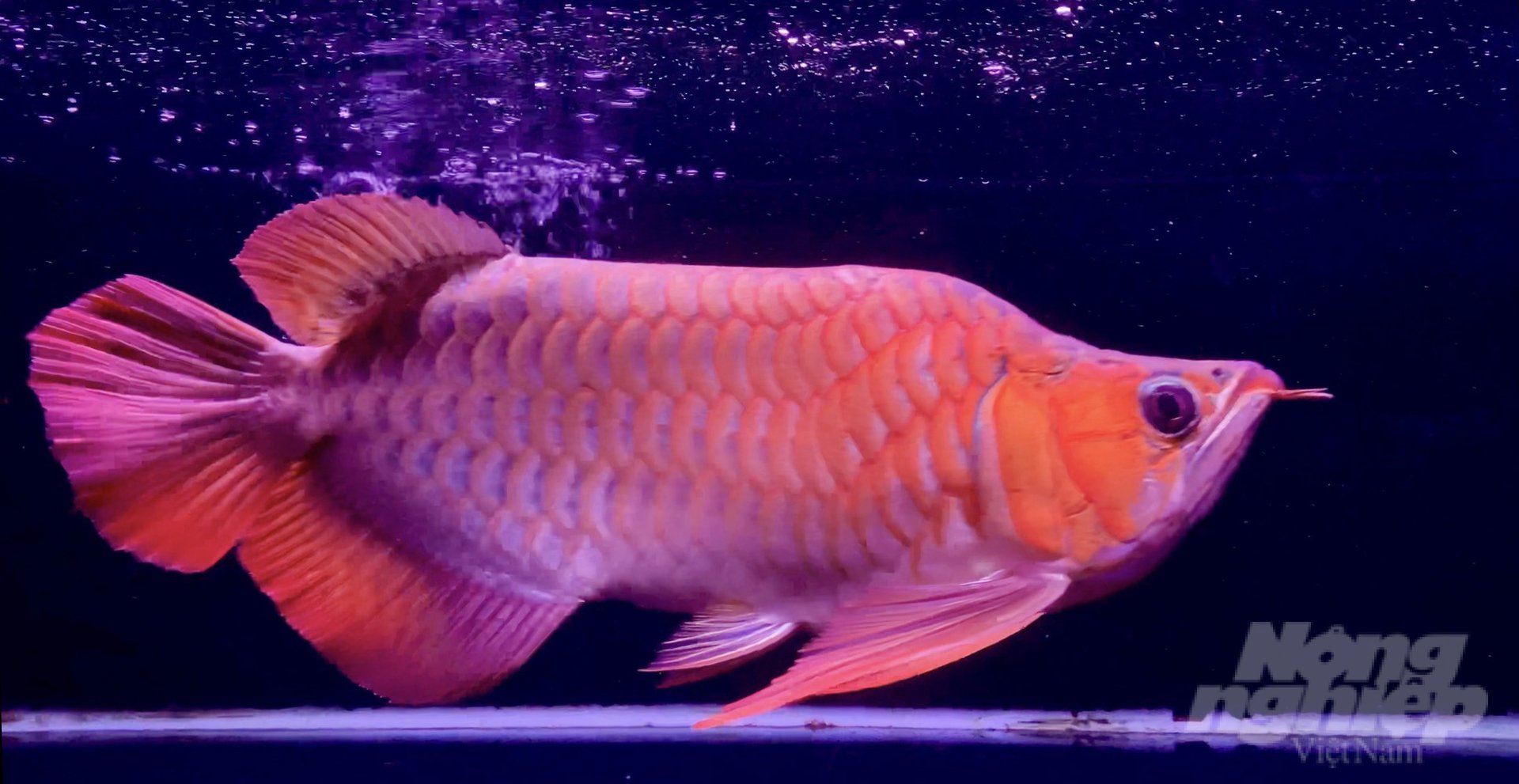
Not only does it have quality fish varieties, but Ho Chi Minh City needs to consider disease safety and have a "visa" for each fish before exporting to foreign countries. Photo: Le Binh.
Focusing on large-scale development is also essential to achieving disease-free zones, environmental protection, and sufficient conditions for enhancing competitiveness and expanding export markets. This is the opinion of Mr. Le Ton Cuong, Deputy Director of the Ho Chi Minh City Fisheries Sub-Department, in order to resolve the problem of epidemic safety and satisfy the stringent requirements of foreign markets, thereby establishing a sustainable trajectory for ornamental fish in the Southern Metropolitan Area.
Translated by Linh Linh
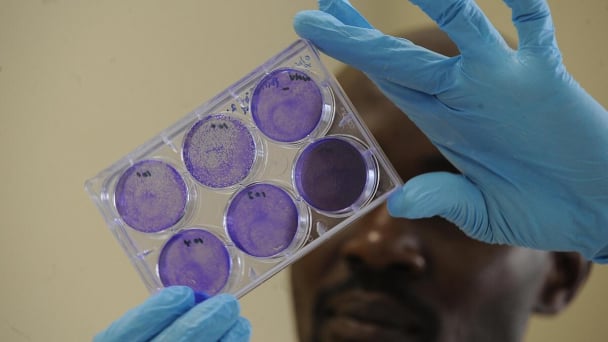
(VAN) The Food and Agriculture Organization’s Strategic Framework and its Science and Innovation Strategy make a simple case: solving systemic problems requires systemic solutions.

(VAN) Vietnam's national goal programs have effectively mobilized the combined strength of agriculture, farmers, and rural areas, thereby enhancing the material and spiritual well-being of the Vietnamese populace.
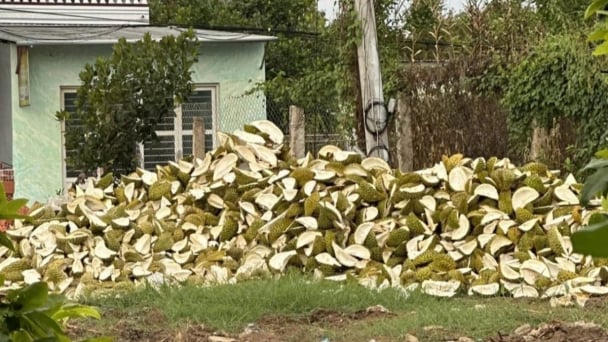
(VAN) The waste of resources from agricultural by-products and the situation of counterfeit and poor quality goods in production causing losses of thousands of billions were pointed out by the National Assembly deputy.
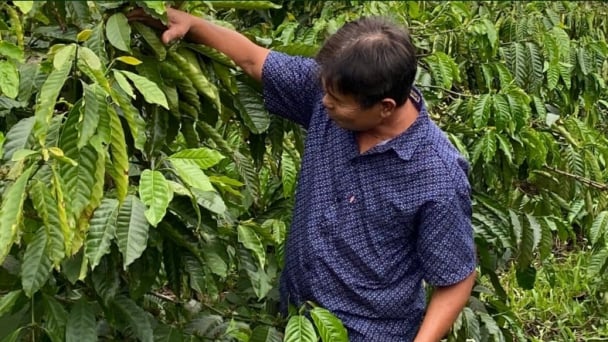
(VAN) After 5 years of implementation, the CAI initiative has helped coffee growers change their farming practices, moving toward responsible agriculture that meets global export standards.
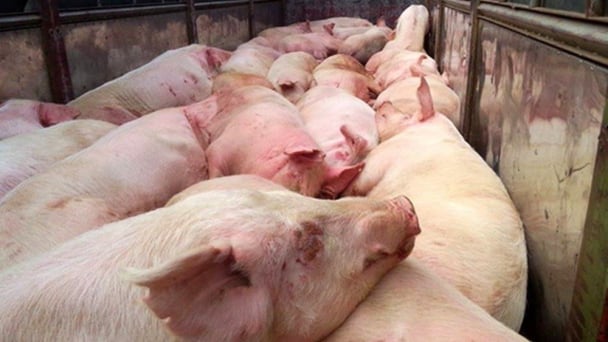
(VAN) The primary prerequisite for the comprehensive and robust integration of Vietnam's livestock sector into the global value chain is the establishment of a disease control system.
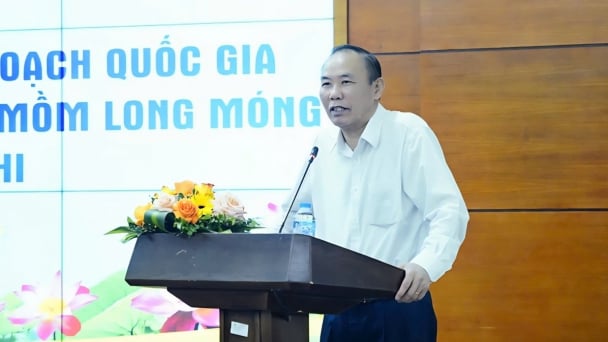
(VAN) The results of national programs are essential for establishing a contemporary livestock sector that is well-equipped to meet the demands of both domestic and international markets, with robust biosafety standards.
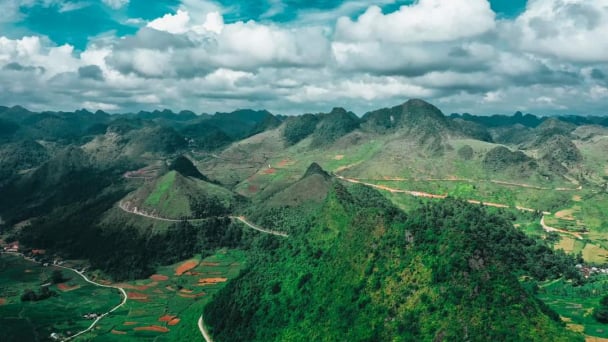
(VAN) The UNESCO Global Geopark revalidation of Non nuoc Cao Bang and the transition to a two-tier administrative model are presently undergoing a pivotal moment in Cao Bang, the northernmost province of Vietnam.